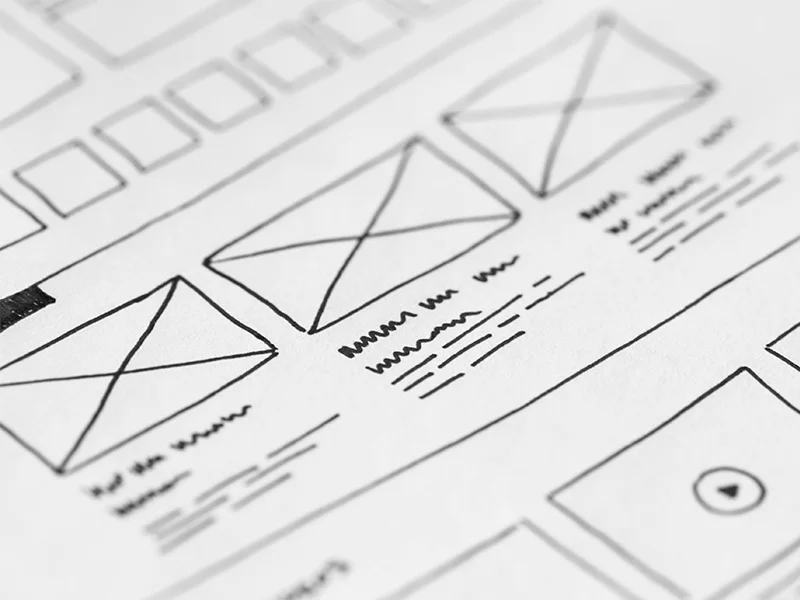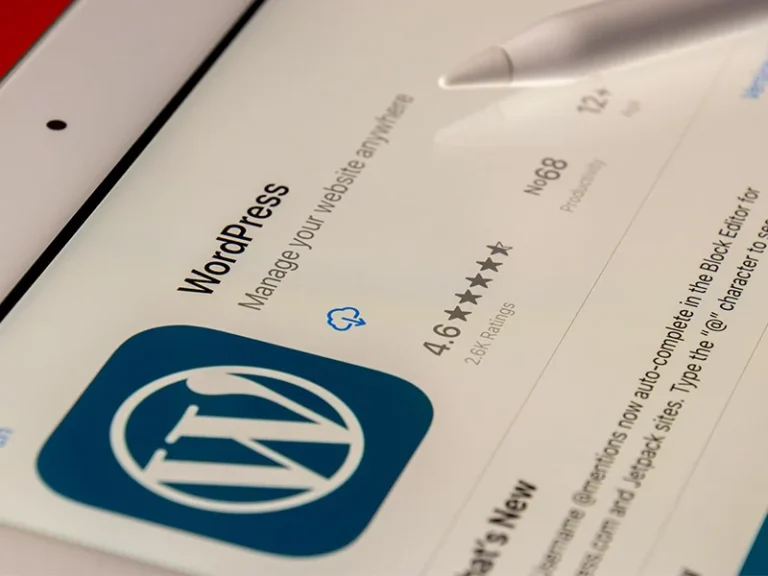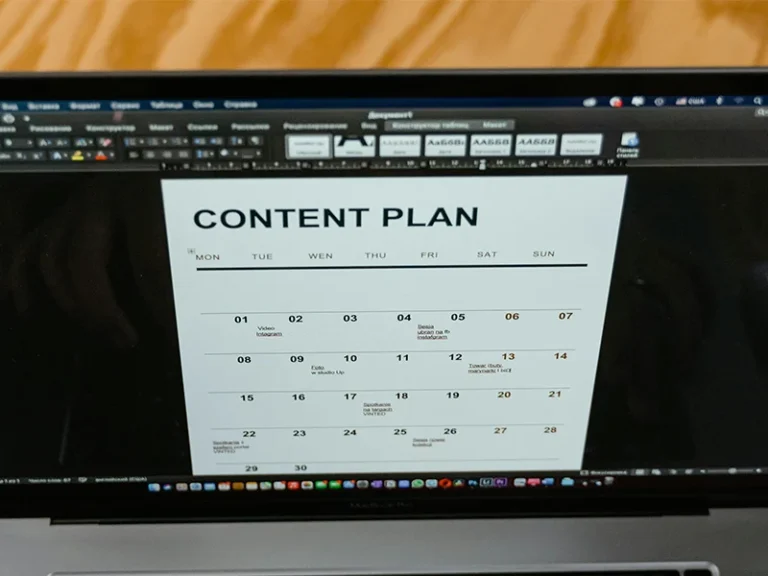How to Choose a WordPress Theme that Aligns with Your Content Strategy
Choosing the right WordPress theme for your website is crucial to the success of your content strategy. The right theme can elevate the design and functionality of your site, helping you deliver your content goals effectively. However, with countless options available, it can be overwhelming to make the right choice. This article will guide you through selecting a theme that fits your content strategy while providing flexibility for customization.
Understand Your Content Strategy Before Choosing a Theme
Before you begin browsing WordPress themes, it’s essential to define your content strategy. Are you focused on delivering educational content, visual storytelling, or e-commerce solutions? Understanding your primary goal will help you pick a theme that best suits your needs. For instance, a blog-focused theme may not be ideal for a business site, and a theme with too many customization options might be unnecessary for a straightforward personal blog.
Once you’ve outlined your goals, consider the type of audience you’re targeting. Is your audience looking for in-depth articles, stunning visuals, or easy navigation for online shopping? Knowing your audience’s preferences will also help narrow down your theme selection, as different themes cater to different types of content and layouts.
For example, a visual artist’s portfolio would benefit from a theme with large image display and minimal text space. Meanwhile, a non-profit organization might need a theme with donation options and clear call-to-action buttons. Therefore, always ask yourself: Does this theme align with the purpose of my content?
Look for Customization Flexibility
Once you have your content goals defined, the next step is to ensure the theme offers ample customization options. A theme that allows you to adjust layout, colors, fonts, and other design elements gives you the freedom to tailor the site according to your brand. Look for themes that are responsive and offer a visual page builder for easy customization without needing extensive coding knowledge.
One of the key factors when selecting a theme is layout flexibility. Some themes come with pre-defined layouts, while others offer modular block-based structures. If you want more control over how your pages look and feel, a modular theme might be the best choice. It allows you to create unique page layouts without having to deal with complex code.
It’s also important to consider the theme’s theme options panel. This is the area where you can change global settings such as fonts, colors, header layout, and more. A theme with a well-designed options panel gives you the ability to make significant design changes without needing to edit individual page files.
Consider Performance and Speed
Speed is crucial for a positive user experience and SEO. A slow-loading website can drive visitors away and hurt your rankings. Therefore, when selecting a theme, make sure it’s lightweight and optimized for performance. Themes with heavy animations or overly complex features can slow down your website. A fast, clean theme will ensure that your content strategy is delivered efficiently to your audience.
Performance isn’t just about how fast your site loads; it also impacts your conversion rate and SEO. Google’s ranking algorithm places a high emphasis on page load speed, and research has shown that users abandon websites that take longer than 3 seconds to load. So, when reviewing a theme, test its loading time using tools like Google PageSpeed Insights or GTMetrix. These tools will give you insights into how the theme performs out of the box and provide suggestions for improvement.
Another factor to consider is image optimization. Some themes come with features that automatically optimize images for speed, while others may require additional plugins. Make sure your theme is built to handle high-quality images without compromising load times.
Check Compatibility with Plugins
Another important consideration when selecting a WordPress theme is its compatibility with essential plugins. Depending on your content strategy, you may require plugins for SEO optimization, social sharing, contact forms, or e-commerce. Ensure that the theme you choose supports these plugins and integrates smoothly, offering you the flexibility you need to grow and manage your website.
For example, if you plan to build an online store, you’ll need a theme that is compatible with WooCommerce. Similarly, if SEO is a significant part of your content strategy, ensure the theme supports popular SEO plugins like Yoast SEO or Rank Math. Some themes come pre-built with SEO settings, but having the ability to fine-tune your settings through an SEO plugin is important for long-term success.
Always verify whether the theme you choose is compatible with the plugins you intend to use. You can typically find this information in the theme’s documentation or plugin compatibility list.
Theme Support and Regular Updates
When investing time and resources in a WordPress theme, ensure that it comes with excellent support and frequent updates. Themes that are updated regularly help maintain security and compatibility with the latest WordPress versions. Additionally, customer support should be responsive to assist you in case of any issues or inquiries related to theme installation or customization.
Themes with a good support system are vital, especially if you’re not a developer. Look for themes that offer a support forum or help desk. A theme with an active support community can save you time and frustration if you run into any technical issues.
Frequent theme updates are also critical because they ensure your website remains secure. WordPress evolves rapidly, and outdated themes can become vulnerable to security risks. Choose a theme that has a strong reputation for regular updates to avoid potential security breaches.
Linking to Your Content Strategy
When choosing a theme, always keep your overarching content strategy in mind. The theme should not only serve your visual goals but should also help you achieve long-term content objectives. Whether you’re creating an online store, portfolio, or blog, the right theme can enhance the delivery of your content while providing flexibility to scale as your strategy evolves.
A theme that suits your content strategy should grow with your business. If you anticipate adding new features in the future, look for themes with scalable designs. This means your theme should allow you to integrate new elements like additional pages, custom post types, or even advanced functionality without major redesigns.
Final Thoughts on Choosing the Right Theme
Choosing the right WordPress theme is a critical step in implementing an effective content strategy. Remember, the right theme should support your business goals, brand identity, and the user experience you’re aiming to provide. Take time to consider your content strategy, evaluate various options, and choose a theme that allows for customization, performance, and long-term scalability.
Don’t rush the process. A theme is more than just an aesthetic choice – it’s the foundation for your website’s content presentation and functionality. Make sure to select a theme that complements your content strategy and supports the delivery of high-quality content to your audience.








